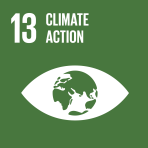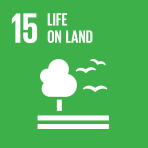Inequalities and the assault on human dignity

- Автор: United Nations Development Programme
- Main Title: New Threats to Human Security in the Anthropocene , pp 91-115
- Дата публикации: февраля 2022
- DOI: https://doi.org/10.18356/9789210028332c008
- Language: Английский
Inequalities have a direct bearing on dignity—and thereby on human security. This chapter is concerned with horizontal inequalities—those experienced between groups of people based on some shared characteristic, including aspects of how they choose to self-identify. The chapter considers inequalities in terms of gender, race, ethnicity, sexual orientation and age, among others. It describes how discrimination, violence and violations of human rights parallel horizontal inequalities. It points to the importance of understanding intersectionality: because each person’s identity is plural, some face discrimination on multiple fronts. For instance, Black women face different forms of sexism from White women and different forms of racism from Black men. Horizontal inequalities often persist despite measures to outlaw or regulate their underlying drivers (through antidiscrimination laws, for example). Even when groups are formally protected against discrimination, social, political and cultural practices of exclusion can still erode people’s dignity. Many groups have little to no formal protection at all, as is the case for large numbers of people who identify as lesbian, gay, bisexual, transgender, intersex or another sexual minority (LGBTI+ people) around the world.
-
From This Site
/content/books/9789210028332c008dcterms_title,dcterms_subject,pub_keyword-contentType:Journal -contentType:Contributor -contentType:Concept -contentType:Institution105



